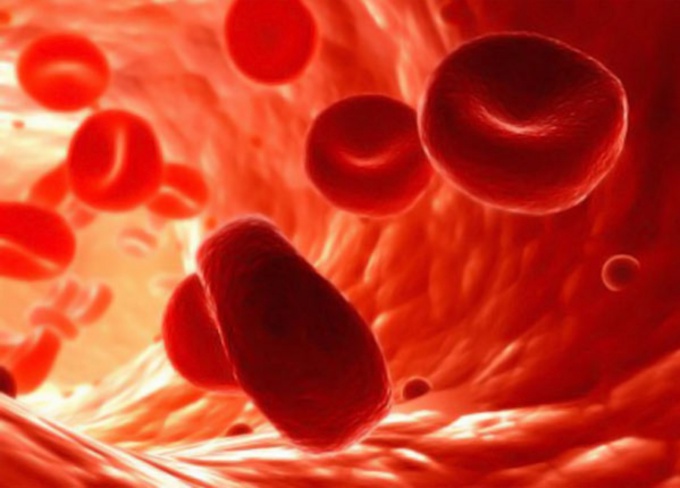Instruction
1
After receiving the form the results of complete blood count, pay attention to the indicators under the letters RBC. They denote the number of red blood cells. One milliliter of blood contains a 3.8-5.8 million red blood cells. Fewer talks about anemia.
2
If the index of the RBC is below normal, note the hemoglobin level. They are denoted by the letters HGB. Norma hemoglobin in blood from 110 to 165 grams per liter. If this is lower, it indicates iron deficiency anemia. In addition, low hemoglobin and prevents blood clotting. Increased the level of hemoglobin can be a sign of chronic leukemia.
3
Now read the following indicator - HCT. The number of platelets. Their rate is 350-500 thousand per milliliter of blood. A lower level of platelets entails reduced blood clotting.
4
Note the index of the WBC. It refers to white blood cells. Their normal concentration in blood is 3.5-10 thousand per milliliter. If this figure is lowered or raised, this suggests that the body are inflammation.
5
View indicator P/nuclear/nuclear leukocytes. Their number should amount to 5% of the total number of Mature leukocytes. Excess of this rate indicates inflammation.
6
Indicator LIM denotes the lymphocytes, the level of which should not exceed 30% of the number of leukocytes. A higher level can be a sign of tuberculosis or lymphocytic leukemia.
7
The number of eosinophiles marked with the EOZ. If the index is greater than 5%, it shows the propensity to allergies.
8
The latter is the ESR. This designation of the erythrocyte sedimentation rate. The increased erythrocyte sedimentation rate above 20 mm is a sign of inflammation.
